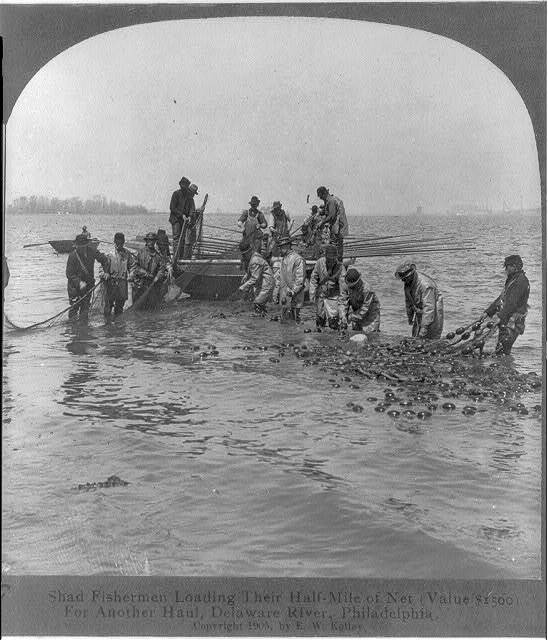Our groups three favorite insights on the oyster tastings were, for Tomales Bay on the California trip it was pretty cool that we got to see where the sorted and cleaned the oysters, Taylor Shellfish also did a very good job at showing how to oysters are processed, it was a very cool experience seeing that at both locations, and learning new things about the oyster industry and seeing what goes on behind closed doors. Knowing that both operations run such a clean facility is good to know. Donedei winery they did a very good job of preparing different types oysters in different ways. They had a variety of species of raw oysters to try, grilled oysters on the BBQ, and even Geoduck served sashimi style! There were a different variety of sauces that you could put on the oyster. The environment we were exposed to was very relaxing and fun, it almost didn’t feel like class, yet we were learning, tasting, and experiencing so much about oysters.
By: Cole


